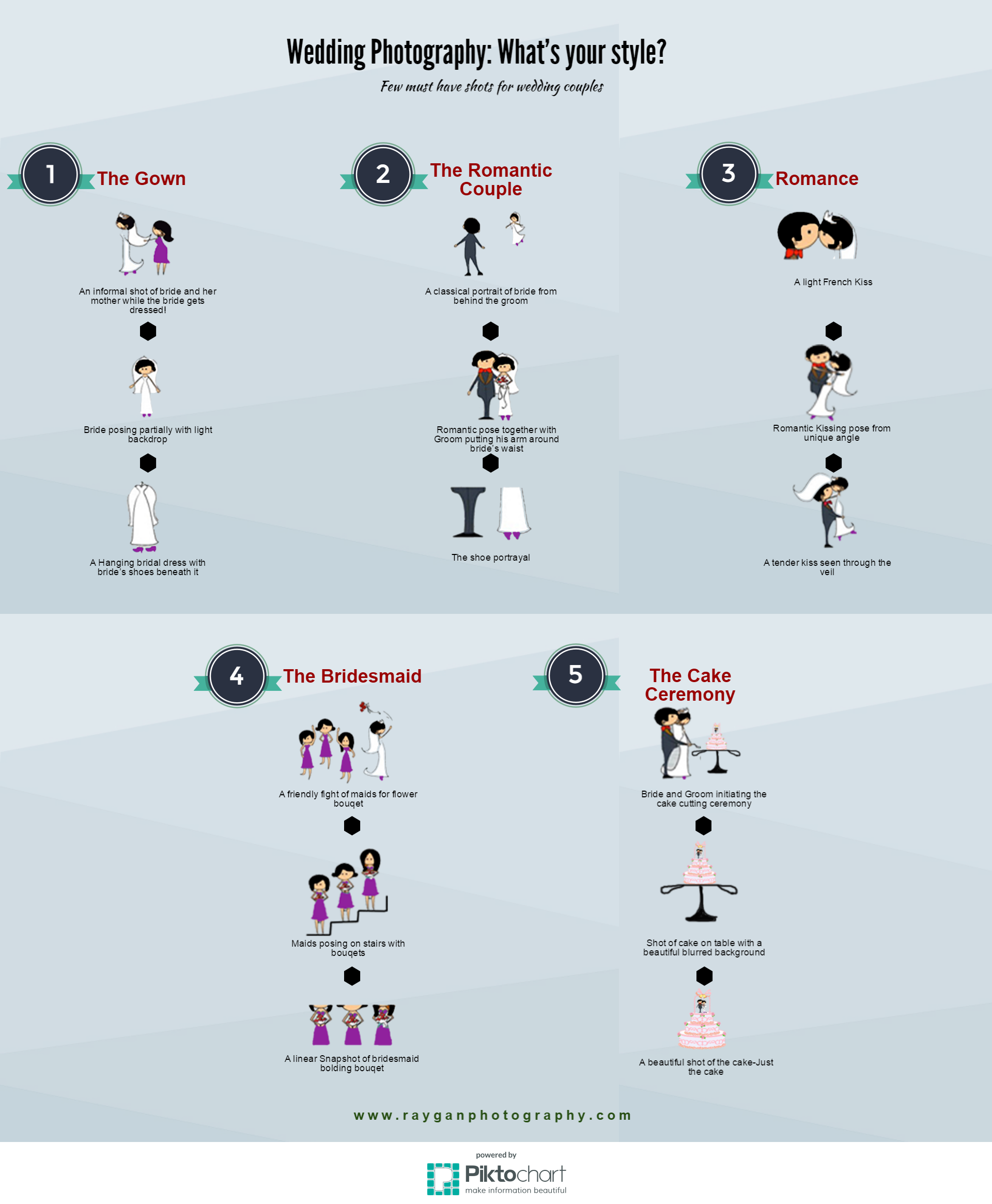What Every Photographer Should Find Out About Lights
What Every Photographer Should Find Out About Lights
Blog Article
Author-Caldwell Fraser
As a professional photographer, you know that illumination can make or damage your photos. Understanding the subtleties of both all-natural and fabricated light is crucial for recording the mood and clearness you go for in your work. Whether you're chasing the excellent gold hour glow or tweak your synthetic setups, mastering these aspects can boost your digital photography significantly. Yet there prevail challenges that lots of forget, and recognizing them can change your technique to every shoot. Let's discover what you could be missing out on and how it can affect your outcomes.
Comprehending All-natural Light
Comprehending natural light is essential for any digital photographer aiming to enhance their job. It's the structure of fantastic photography, influencing state of mind, tone, and clearness. When you fire outdoors, focus on the moment of day. The gold hour-- quickly after daybreak and prior to sundown-- supplies soft, cozy light that can transform normal scenes into spectacular pictures.
Don't underestimate the power of cloudy days. Cloud cover diffuses sunlight, developing a soft, also light that's perfect for pictures and macro digital photography. You'll discover shades pop in this sort of lights without harsh darkness.
Placing photographer for professional headshots , also. Constantly consider your topic's orientation to the light source. If the sun's behind your subject, you may end up with a silhouette, which can be significant but mightn't be what you desire. Alternatively, direct sunshine can create unflattering darkness.
Try out angles; in some cases, changing your perspective can yield remarkable results. Use all-natural reflectors, like water or sand, to bounce light onto your topic, including measurement.
Learning Artificial Light
Mastering artificial light is necessary for professional photographers that wish to take their skills to the next level. Whether you're utilizing speedlights, studio strobes, or continuous lights, understanding how to adjust these sources can significantly enhance your images.
Begin by acquainting yourself with the fundamentals of light top quality, direction, and shade temperature level. Try out different modifiers like softboxes, umbrellas, or grids to regulate the soft qualities or violence of the light.
You'll discover that soft light commonly creates lovely outcomes, while harsher light can include drama and deepness. Don't avoid darkness; they can boost the three-dimensionality of your topics.
Pay close attention to the positioning of your lights. A light located also near to your topic can create uncomplimentary results, while too far can bring about a lack of information. Make use of a light meter or your video camera's histogram to ensure you're exposing appropriately.
Finally, keep in mind that man-made light can be mixed with ambient light for creative impacts. Stabilizing you can try these out could take technique, but once you grasp it, your digital photography will truly shine.
Methods for Different Situations
When you step into different shooting scenarios, adapting your lighting techniques is crucial for capturing the very best pictures. For exterior portraits, utilize the gold hour-- morning or late afternoon light-- to soften shadows and improve skin tones.
If it's a severe lunchtime sunlight, take into consideration making use of a reflector to bounce light back onto your subject or look for shaded areas for a much more also exposure.
In low-light situations, like indoor events, increase your ISO and utilize a large aperture to let in even more light. A tripod can aid get rid of camera shake, allowing for longer exposures without blurring.
If you're shooting at evening, trying out off-camera flash to develop vibrant lighting and depth in your photos.
For product digital photography, make use of diffused illumination to stay clear of extreme representations. Softboxes or light tents can assist accomplish this result.
When photographing landscapes, think about the instructions of light and time of day, as it can significantly transform the state of mind of your shot.
Always be ready to change your settings and positioning based on the situation, as flexibility is essential to grasping illumination in photography.
Verdict
To conclude, mastering lights is vital to raising your photography abilities. Accept all-natural light's beauty throughout gold hour, and don't shy away from trying out artificial light strategies. By adjusting https://blogfreely.net/bradford84ronny/exploring-the-world-through-the-lens-traveling-photography-essentials to different situations, you'll catch magnificent images that resonate with feeling and clarity. Bear in mind, the best illumination can change an average shot into something remarkable, so maintain exercising and improving your understanding of both natural and man-made light. Happy shooting!
